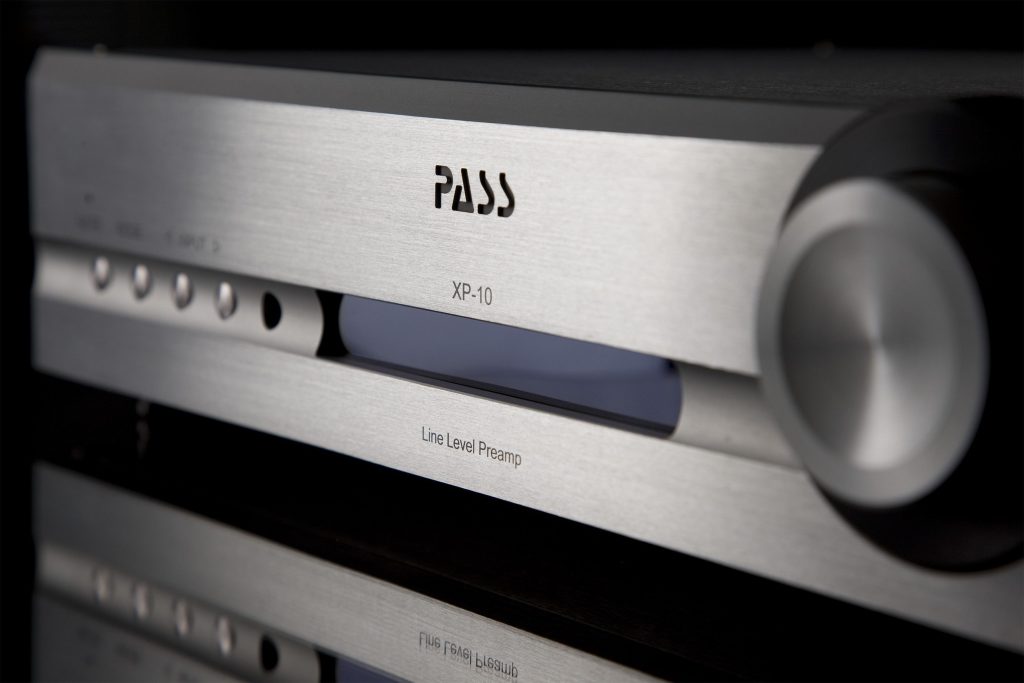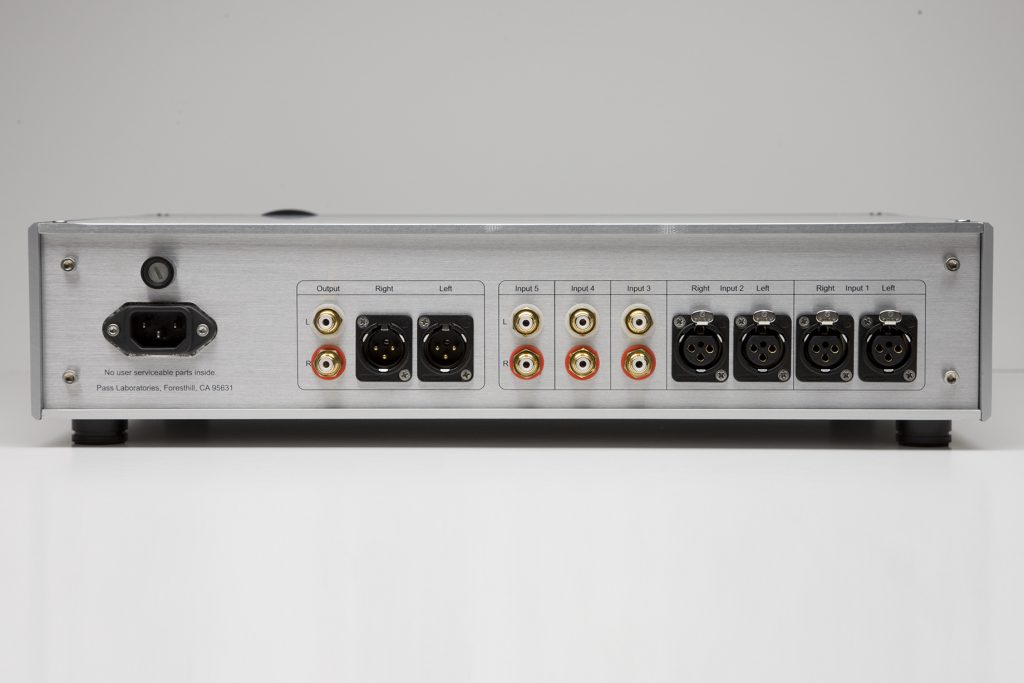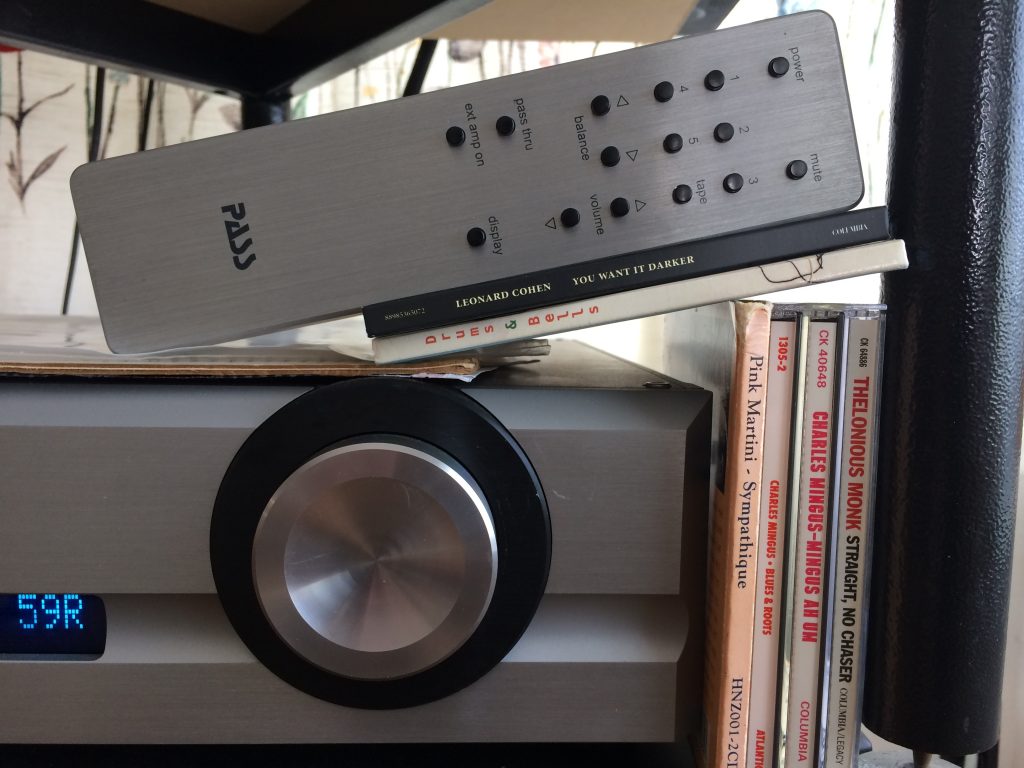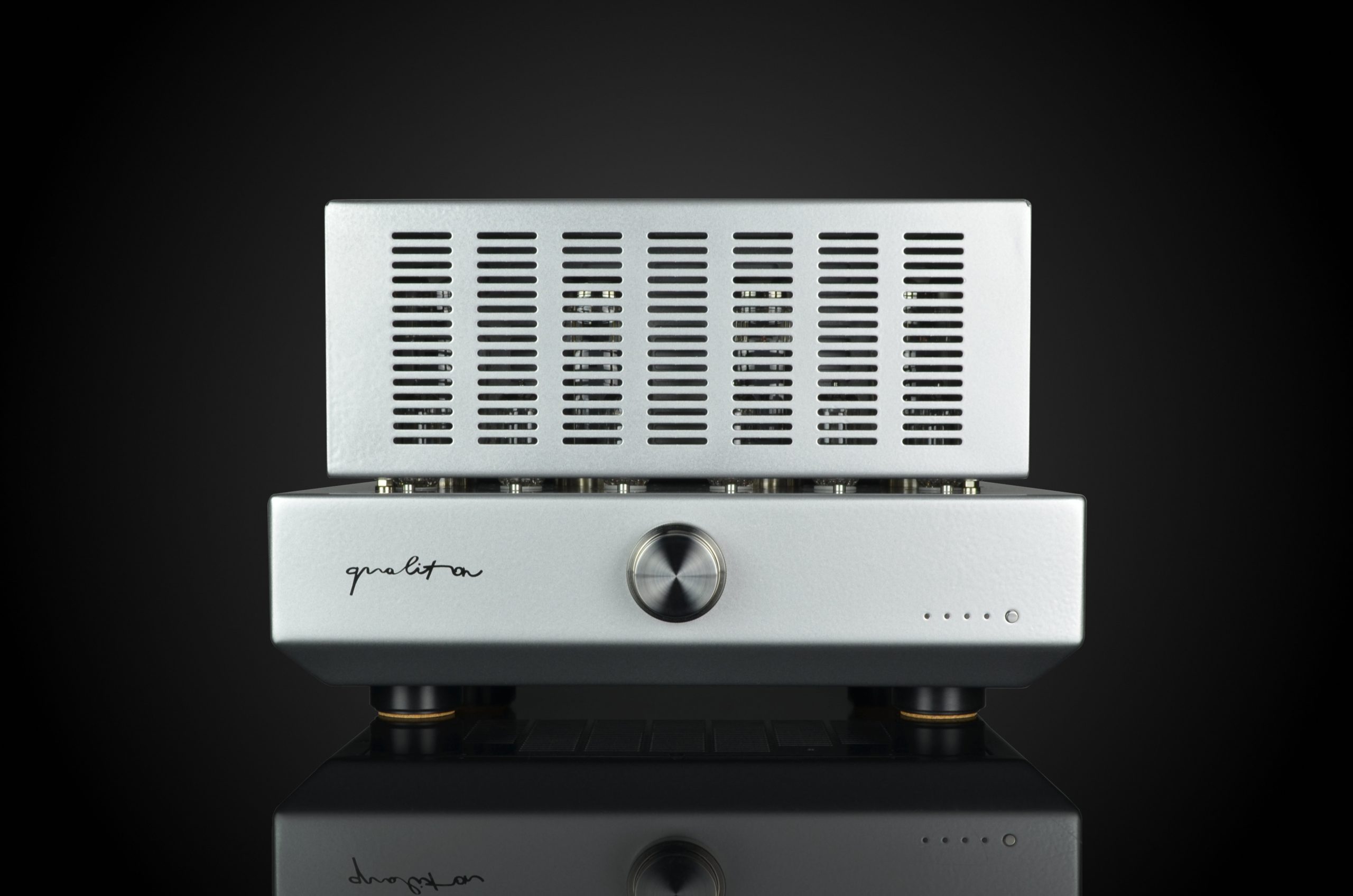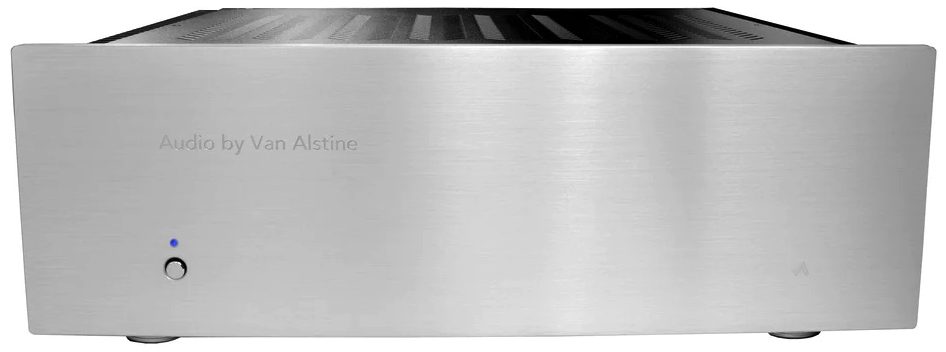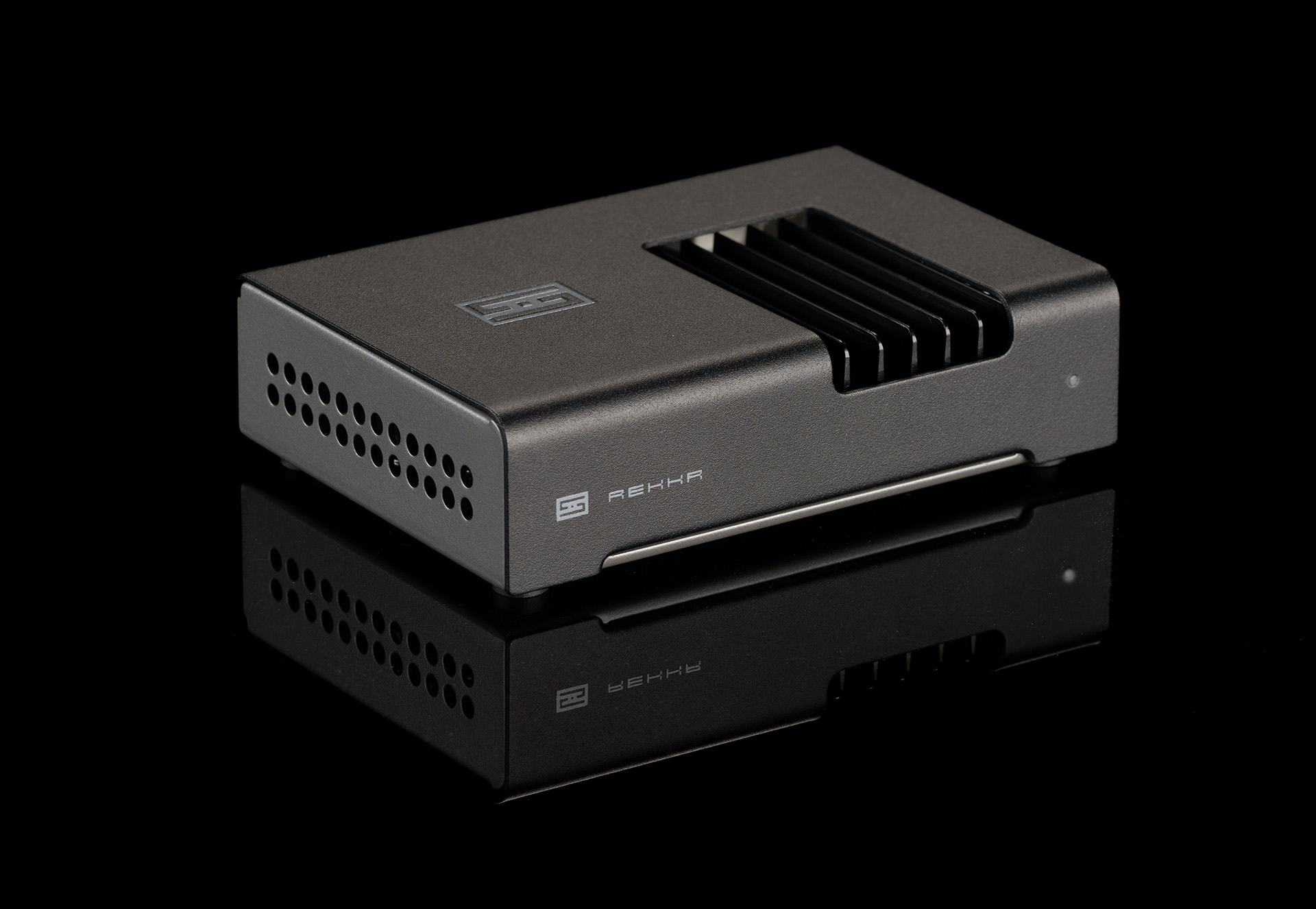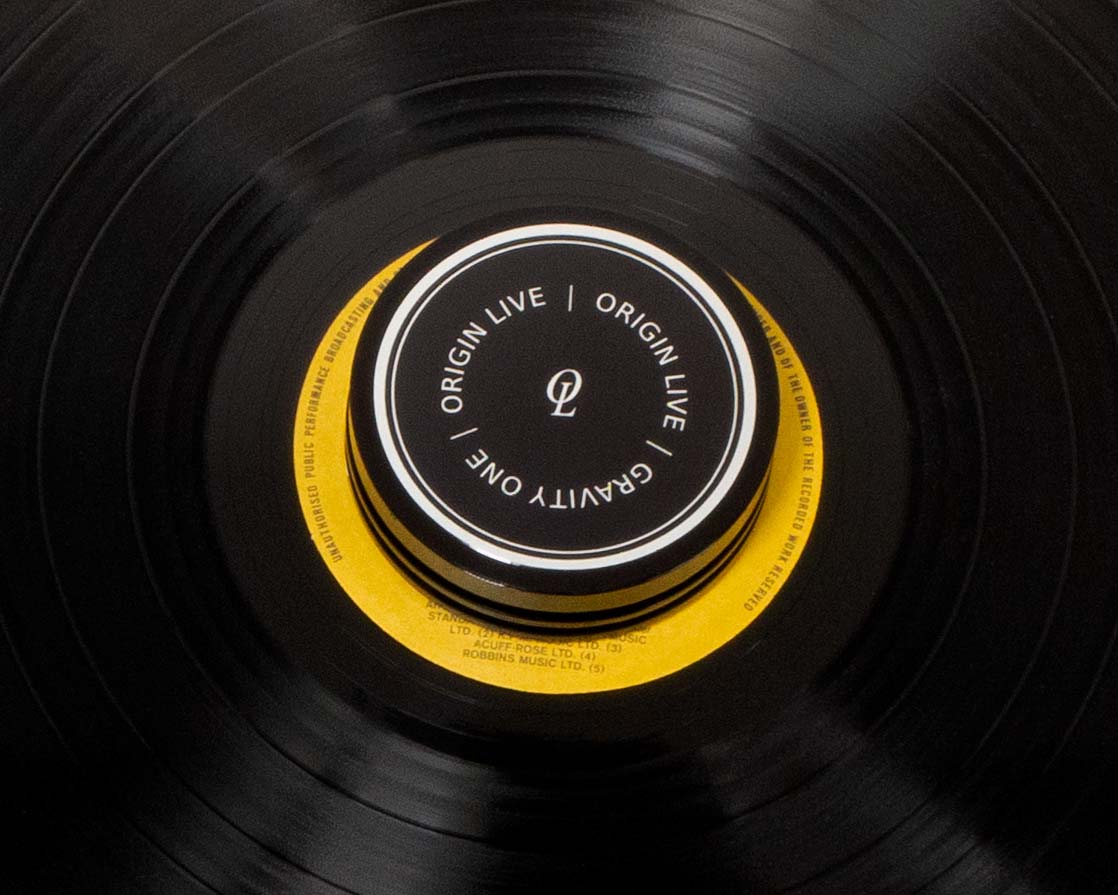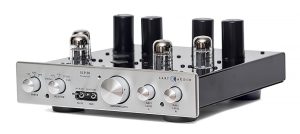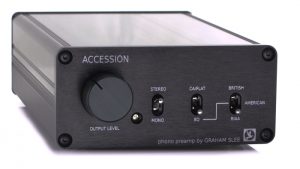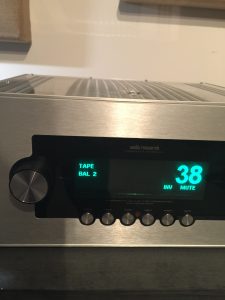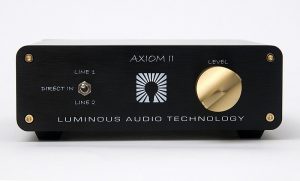Reviewing
Reviewing has been a boon to me. I enjoy audio and music more than I ever have because of it. While my time for listening is pinched by my life outside of audio, I enjoy a greater variety of music than ever. I've discovered the wonder underneath the horror of the distant shore of Captain Beefheart. Making my way onshore to Beefheart Island created a larger beachhead into the flora and fauna of jazz. Jazz has led me back to classical music, which my dad used to introduce me to audio as a hobby. It's been a cool thing to see the full circle of my originating interest in audio.
Reviewing has also informed, rather than defined, what I like about various systems. I've enjoyed wildly disparate sonic signatures from gear at shows. I am not dogmatic about what's good or right, but I follow my ears. While repetitive for the three people who read my reviews, I'll repeat my audio hierarchy, which reviewing distinguished for me: 1) timbre/tone, 2) macro-dynamics and 3) bass down to about 40Hz. A component/system needs to pass each preceding level before the next parameter becomes important. Yes, I get the visual cues a good system can accomplish, but I'm in this for an experience of music rather than for a different thrill.
I start here because before I reviewed, I was often confused by high-end reviews, starting with my exposure to The Absolute Sound and Stereophile. Around 1991 TAS had a vastly different tone and tenor than it does now. Previously, TAS component reviews sent far more waves of bile than splashes of praise. The first review I read, a speaker which I no longer recall, was stunning to me. As I read the review, I was horrified that anyone would spend so many pages kicking sand in the speaker's face, so to speak, with only an occasional glimpse of praise, I was stunned to read the product was recommended! What? I thought, if these guys recommend a product after unloading so many failings, these guys are really discriminating! If they praise a product, it must be terrific.
A First Encounter
Thus it was with glee that I encountered a Threshold FET-10 (or was it an FET09 preamp?) designed by Nelson Pass. The amplifier I no longer recall (probably also Threshold) powered ProAc Tablette speakers. All products as I recall were highly regarded by TAS. Licking my fingers with excitement, I was expecting heaven.
I had no idea "Heaven" sounded like a grainy table radio playing at the bottom of a 55 gallon drum. Awful. Sure, it was the most holographic presentation I'd ever heard, but...the system failed on every item on my list.
New to the hobby, I crossed off Threshold (precursor in some ways to PASS Labs) and ProAc speakers. As I started writing this review, I thought I had not knowingly heard a product designed by Nelson Pass since that encounter. Against my will, I heard Francisco Duran's ProAc Model 2 speakers, a bigger and more full-sounding speaker. It sounded far better than my first encounter with ProAc.
I should not admit this, because it points out a failing in my memory, but one of best demonstrations I saw at CES—in the early 2000s, I think—was powered speakers by PASS Labs—their Rushmore line, I believe. Fleet of foot, grainless, dynamic and excellent imaging, they were really wonderful. Having forgotten this encounter, PASS Labs remained off my list of brands to consider. Well...
Looking Still
Recently, while searching for a preamp with home theater bypass to integrate my two channel and home theater setup, I encountered a number of exceptional candidates. While I could easily have lived with several of these, I did not make a desert-island purchase. I was looking for an elusive combination of beautiful and transparent sound. As I typed that sentence, just now, I realize the futility of that pursuit. Not every recording of beautiful music is beautiful; you'd think it would be, but that has not been my experience. Further, transparent and beautiful together reminds me of the adage: cheap, good and fast, pick any two, because you can't have all three. I think that's also true with "beautiful" and "transparent" in audio.
Mounting the stage to thwart my illusory wish for beautiful and transparent in a component are my powered ATC speakers. Larger powered ATCs mix pretty well and easily with other components as they have a slightly fuller presentation. Passive ATCs match pretty well, too, they just need a lot of power. My powered ATC 20s, however, simultaneously hold the potential for amazing sound and unpleasant sound—that's why I've not reviewed many preamps over the past ten years. Getting a happy match has been problematic.
If my system is a good arbiter of preamp performance, I can heartily recommend NAD's M17 for an all digital system that'll also take on surround sound duties. I passed on the excellent NAD because I didn't want its internal DAC digitizing my analog setup. Classé's Sigma SSP is a bold and striking performer, too, ably balancing not only excellent two channel analog and digital performance, but also quite good for surround sound for music and movies. The Classé was a little too much like my ATCs, that is, black coffee when I wanted a bit more cream and sugar. (Read "beautiful"?)
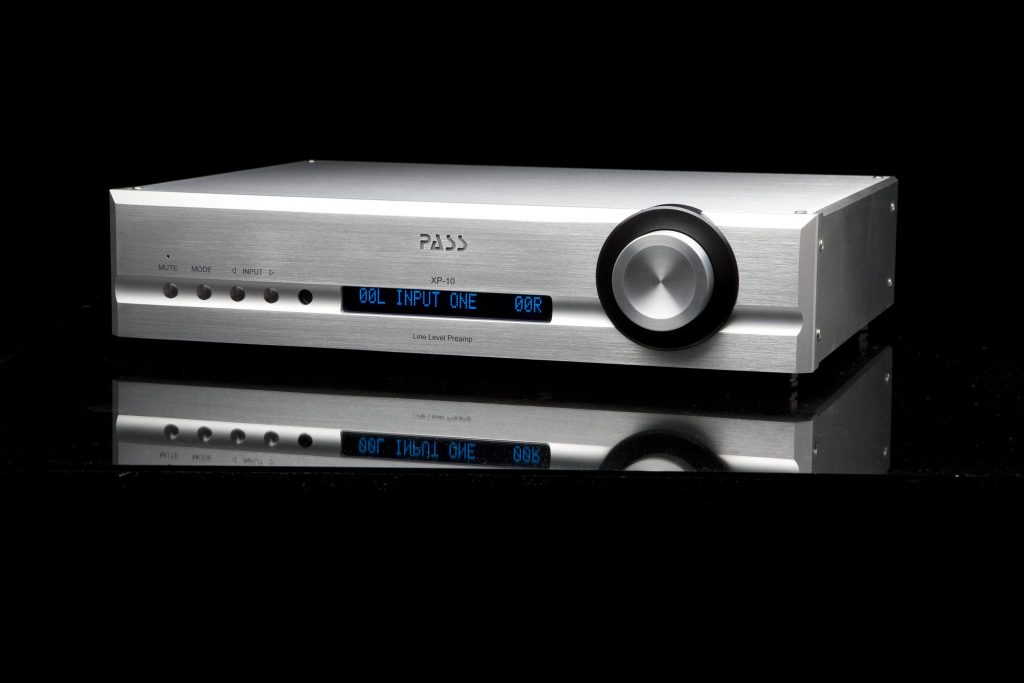
Finding?
PASS Labs' XP-10 is a line stage with home theater bypass, but it was a PASS preamp, and if it sounded like the FET10 with the ProAc Tablettes...well, that would present an issue. With trepidation, I started reading reviews and...was very surprised to find my prior experience rather different than that of other reviewers. PF's Gary Beard's praised the "sumptuous midrange" of PASS Labs' XP-15 phono preamp. Yeah, I was stunned, so I read on. I was encouraged to read other reviews of PASS Labs' products, and found my experience was not only in the minority, but was all alone. A short note back and forth with David Robinson nudged me to ask for a review piece.
A Lot to Like - Features
Inputs 1 and 2 are balanced-only connections, while inputs 3 through 5 are single-ended. There is one balanced and one single-ended output, which can be used together, as I did, and which are level matched. My balanced speakers were connected to the balanced output, and my subwoofer amp was connected to the single-ended outputs. Since my speakers are a balanced design and PASS recommends using balanced connections when possible, it seemed foolish to try the single-ended outputs with my speakers.
The layout or spacing of connectors on the back of the XP10 were an absolute pleasure. There is nothing explicit that I can point to, but for some reason the layout of the connectors was a positive delight. Without noticing how or why I simply found the layout like subliminally marked lanes on a busy road, making sense where... well let me stop here. Let me leave it at: the layout was terrific.
The XP-10's display is efficient. The display illuminates "Input One" through "Input Five", with a volume attending each channel's input display. On either side of the input designation are numbers reflecting the volume output in dB, ranging from "0L" and "0R" for left and right, reading down to "-89L" and "-89R."
When muted, the display shows "–L Input Two–R."
Tilting the balance will yield values like 50L and 47R, for instance. Additionally on front are small buttons to cycle through the inputs, as well as to mute sound and dim the front panel display. It can be dimmed from a relatively bright blue/teal to dark in appropriately different intensities. As an aging adult with CRS, I would have preferred a user-programmable input display, e.g., DAC or Tape, instead of Input One, etc. I may have more of a problem with this than most listeners, though, as I switch gear in and out more often than many, and that exacerbates an already overloaded mind.
The remote is an unpretty beast...to my eyes, at least...of metal with mechanical activators that are likely to last a long, long time, rather than the depressed plastic activators that will have you cursing their early demise. Again, not pretty, but highly functional and robust. The remote controls balance, muting and selection of individual inputs and remote turn on of a separate amplifier. I was surprised to enjoy the balance control so much, but one side of my listening room "opens" into another space.
Aesthetics
A wise, experienced, but also highly opinionated friend posited the aesthetics of a component sometimes foreshadow the "musical taste" of the designers. Although I, too, have strong opinions (when it comes to dessert choices my take is "no chocolate choices is no good"). However, I don't follow his line. I owned two preamps from E.A.R. Yoshino, both of which were visually garish, but musically natural and nuanced. Let's pretend, despite my differing opinion, that my friend is correct, what is the PASS Labs visual aesthetic?
Looking from left to right, I found the preamp a nicely understated sculpted satin metal look until I reached the right third of the preamp. It is here that a rather large volume pot encircled by a matte black ring breaks the physical plane of the preamp, jutting out, almost cruelly breaking the nice lines initiated on the left. The initial impression was...almost jarring. Wearing my friend's glasses, so to speak, heated up the worrying embers of my prejudice. Exacerbating that concern was the note from the manual which says the preamp requires about 24 hours for "temperature and performance" to stabilize. The manual suggests that each time the preamp is powered down the same period need be observed for optimal performance.
Sound
With great relief I noted that "cold," the XP-10 sounded fine, not the least bit like my remembered experience with the Threshold preamp. Although I only powered down my system a few times with PASS in place, I did not encounter a sound that was ever off putting. With my system as a gauge, I don't think any listener will think the XP-10 is either juicy with its rendition of timbre and tone, nor will one think it either thin or grainy. With my speakers and system, my initial impression was of a smooth and even mien. Here "smooth" does not mean a sameness, but that there were no obvious colorations, nor frankly, was there a clear or evident character. At startup and throughout my use the XP-10 presented an evenly plowed field of sound. Sumptuous? Not really—no offense Gary—but perhaps in another system with a stepped down midrange (I believe this is sometimes referred to as the BBC dip) that might occur, but my speakers are flat, whether that's great or...tough luck. There were no noticeable rises or valleys though...well, I'll get to that.
For years the old saw of tube or solid state sound has worked its way into reviews. As amplification and preamplification have gotten better, that fissure is closing. Sure, there are tubey sounding amps and solid-state-sounding amps, but maybe those aren't the best of breed, either. The liquidity often reserved for tubes found its way into the XP-10. It was not the watered down, thin liquidity that cannot coalesce into a textured sound or provide a full measure of timbre. To thresh this idea out, watered-down sound might have stand-up bass violins missing out on the woody qualities of the instrument, or the reedy quality of saxophones; in short, not communicating the "feel" of sound.
With the PASS' "textured" sound, vocals were especially good. Individual singers' timbre were more quickly and easily identifiable. Duets became less like an inseparable and coalesced sound than the actual experience of two voices working to harmonize, sometimes well, and sometimes otherwise. This created, for me, an enjoyable, more intimate experience of music. If I can indulge in another metaphor, the XP10 was slightly "creamy" in texture. Creamy for me is not to describe an obscuring quality, but to convey the aurally tactile qualities that rosin on a bow generates, the way deep notes on a kick drum seem to emanate from a stretched skin, and the woodiness of a reed that is often buried in the sound of a saxophone.
I believe that these qualities are present, at least in part, because the XP-10 is noticeably "quiet." Small nuances, like hearing the resonance of the sound board on a piano (Jessica Williams Triple Door Blues, "Esperanza") as well as the sound of the strings resonating—like a duet, if you will, of the sound board and the strings. Listening to "Let's Fall in Love" on Side by Side from Johnny Hodges and Duke Ellington was particularly lovely and emotionally engaging, not the strong suit in my experience of solid-state equipment.
The capacity to convey emotional content did not result in "emotions" running through every performance. Pana Cand Nu Te Iubeam is a Romanian song from Pink Martini's "Get Happy." The lyrics drip with emotion, here is a snippet of the lyrics:
Before I fell in love with you
My love, my love,
I used to sleep like a baby,
My love, my love.
Since I fell in love with you,
My love, my love,
I've been restless,
My love, my love.
I'm dying, this longing is tearing me apart,
My love, my love,
I'm helpless,
My love, my love.
I first heard this Romanian torch song sung by Pink Martini's Storm Large. Other renditions of the song by Romanians Maria Tanase, Oana Sirbu, and Loredana* are slow, but they pull off the trick of...treacly lyrics with ease, or at least without notice. Pink Martini's rendition slows the song into a protracted spectacle, which is especially noticeable in how Large rolls the "r" in the word "dorule." The three network players I had in house during this review provided slightly different renderings, with interesting and perhaps telling results.
Played through Elac's Discovery, the song features gorgeous vocals and a rich palette of tone. In this iteration, Large rolls the "r" in a mostly unobtrusive, mostly natural way. This passage/space is sung pleasantly and might not capture one's attention or distract you from a song presented as "nice" and beautiful. Lest this be confusing, the sound is really a pleasure to hear. It is just not a revelation that it can be.
Presented through my network player, the rendering of how Large holds the "r" or is it how she pivots from "do" to "ru" before "le" that had me notice that Large is holding, versus singing, the note. When she "flips" the note to the "u" sound (listen to the song and you'll understand what I'm tyring to say) it sounds like her vocal chords are going to break. Changing the settings the HQPlayer sends to my network player did little to change that experience. But, as presented, the "artistic" rendition is considerably more complex than through the Elac. The differences here are the sort that get audiophiles excited about a stereo system, or so I say. It is a captivating performance.
Fidelizer's Nimitra (network player/streamer) is even more resolving than my network player. The difference in settings on HQPlayer between "closed form" and "poly-sinc-shrt-mp" and a multitude of other settings I tried were more easily noticed. The resolution presented by the Nimitra through the PASS Labs communicates the difficulty Large is experiencing in holding, rather than singing, the note.
The XP10 with the Nimitra left me on a razor's edge of laughing with pleasure or horror, I'm not sure which. But it was a thoroughly engrossing experience, though oddly not emotional. I enjoy the song, it's a riveting experience, but the song occurs as "staged emotions." Maybe that's because the Harvard trained principals are trying to create technically perfect performances with less attention to authentic emotion? I think this latter bit is so, as the XP-10's protean character is revealed at the end of Happy Days Are Here Again when the singers laughter and joy express the genuine emotion left off of Pana.
I've saved the most remarkable part of the XP-10 for last. Bass. The XP-10 does bass. There were no noticeable peaks or valleys in its performance, but the breadth from top to bottom was greater than essentially every preamp I've heard in my systems. I'm not talking overemphasized (think late 1970s Cerwin Vega) bass. I'm not talking strictly about the tautness of the bass tones, either. The XP-10 seemed to remodel my listening room, creating a much larger space for bass to unfold and show itself. Bass notes and timbre differentiated themselves from adjacent registers. I became more aware of the timbrel differences between instruments, such that the PASS let me hear clearly that I'd been listening to "one note bass" with perhaps all of my past preamps. The sense of air popping from a kick drum was more evident on numerous tracks. And, I should note there was also "more bass," it just seemed to emanate more naturally. My equalized subwoofer amp with its volume initially set at 2:30 not only dug deeper but with greater energy, causing me to back off on the equalization to 11:00 o'clock.
I found imaging to be quite good. The remote control's balance settings really helped dial in left-to-right soundstaging. Miniscule changes wrought surprisingly important changes. My system is setup to accommodate my family, and as such image depth is sacrificed, but even that was decent.
Comparison
I've enjoyed my YBA Alpha 1 preamp. It retailed for $8000 when new in 1997, though it was far more affordable on the aftermarket. It, too, is a line stage, though it features a separate power supply. Often separate power supplies allow for a quieter, less noisy background. The Alpha 1 has been a model of clean, articulate, and detailed sound.
In comparison with the PASS Labs XP-10, the YBA seemed to bunch music and instruments up. A quieter presentation did not manifest with the separate power supply. Smaller details were not as easily discerned. The duet of sound board and strings in the piano so evident on Jessica Williams' "Esperanza" were mixed together so as to be indistinguishable with the YBA. While the treble of the YBA seemed slightly more extended, that might be because the YBA is also slightly more shrill-sounding. The bottom end of the YBA also seemed more bunched up and less composed. What I'd experienced as a bell-like clarity with my YBA now sounded slightly breathless and comparatively compressed in the midrange and bass. It was here that the PASS showed up as a more relaxed and natural-sounding preamp. Though not terribly important to me, it might be to you.
I have wrestled with writing this review for a lot longer than I anticipated. In part my difficulty in figuring out how to describe the XP10, combined with an avalanche of issues related to aging parents and the needs of a tweenager and a wife in graduate school...not to mention guests for two and a half months...made this review take forever and a day. It certainly bore no comparison to my first experience of Threshold electronics. In my system, it was neither sumptuous nor vivid; instead, the sense I have is simply a natural presentation—when performers express themselves emotionally, it's easily and obviously heard. And when they don't—which I have found more often than I'd have thought—you hear that, too.
The XP-10 played nice with my occasionally unfriendly speakers. It was very comfortable to have in my system and I have welcomed every minute. The XP-10 was nuanced, balanced, and a pleasure to listen to, with amazing bass depth. It delivered very good tone and fine timbre, excellent macro dynamics, and bass that easily digs way below 40Hz. While it does not have a "tubey" signature, I would expect tube lovers could cotton to it, and without issue. While its texture was rich, the "body" of images isn't as palpable as some tube gear. But, if that's important to you, there are other offerings. My experience with the XP-10, like a longer marriage, isn't necessarily as spectacular as a first date, but it is so much more authentic as an experience and so much richer as a choice. Whether this is "heaven" or not, you decide, but I found it a joy to have in my system.
* (But you must hear Maria Răucanu's version to know what else can be done with this song—think a punk treatment of a folk song! FUN!)
XP-10 Preamplifier
Price: $5250 when available
PASS Labs
All images by Larry Cox or PASS Labs




